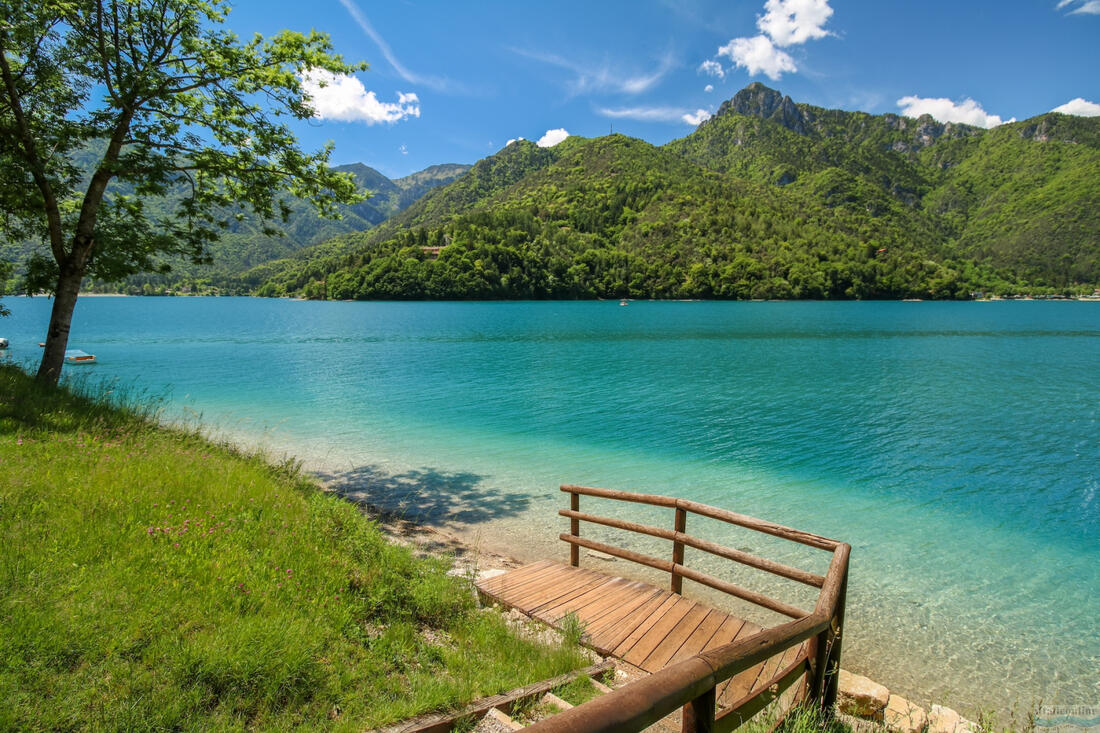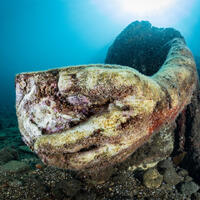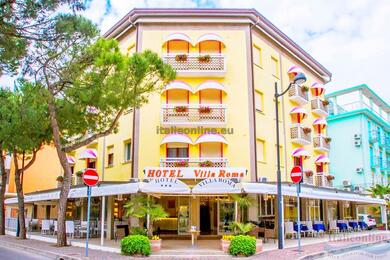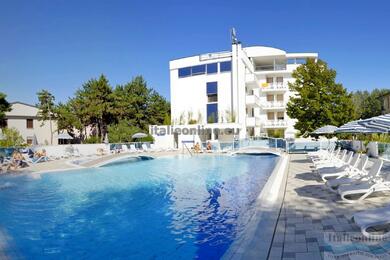What are palafites?
Palafittas are ancient structures built on stilts above the water's surface that were used primarily during the Late Stone Age and Early Bronze Age. On Lago di Ledro, these structures have been dated to the period 3700-2200 BC and their finds provide valuable information about the life and culture of the people in the area.
In 1929, the remains of these buildings were discovered on the shores of Lago di Ledro as a result of the subsidence caused by the launching of the Ponale hydroelectric power station in Riva del Garda. The archaeological excavations have revealed not only the remains of stilt structures, but also many artefacts such as ceramic vessels, tools made of stone and bone, and even food remains. These findings have helped scientists better understand the daily life of people in the area thousands of years ago.

Palafitt Museum
Today, you can see the palafitt on Lago di Ledro at the archaeological museum located near the lake. The museum offers interactive displays that show the life of the inhabitants of the region, as well as exhibitions dedicated to the finds made during archaeological excavations. Visitors have the opportunity to see replicas of ancient tools and pottery and learn more about the techniques that were used to build these unique structures.
The unspoilt beauty of Lago di Ledro
In addition to its historical importance, Lago di Ledro is also surrounded by beautiful nature. The blue waters of the lake are ideal for swimming, kayaking and fishing. The surrounding mountains offer many hiking trails that provide breathtaking views of the lake and its surroundings.

The palaphytes of Lago di Ledro are not only a fascinating historical treasure, but also a reminder of the connection between people and nature. This region offers a unique combination of cultural and natural riches worth exploring. Whether you are a lover of history, nature, or simply looking for a quiet place to relax, Lago di Ledro and its palaeophytes are sure to delight you.







